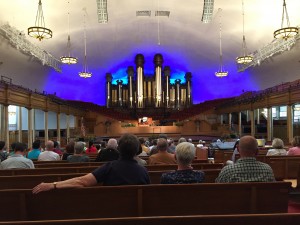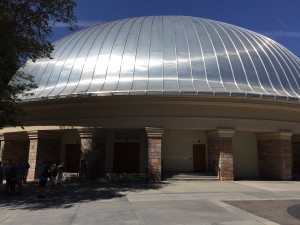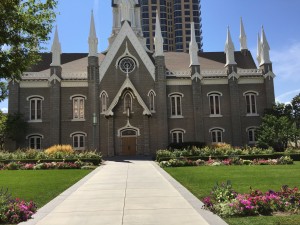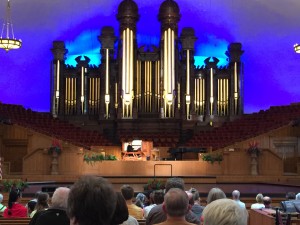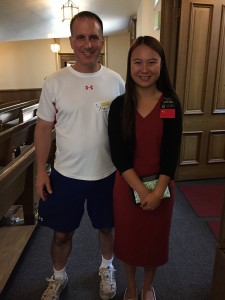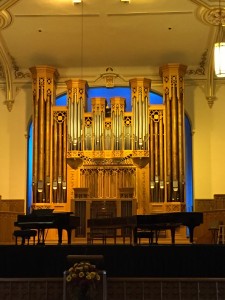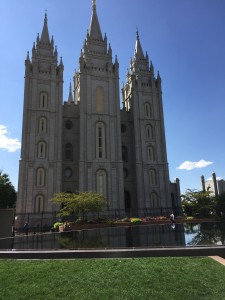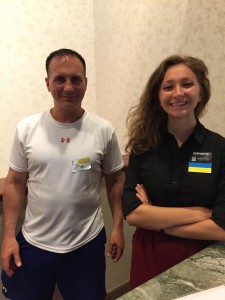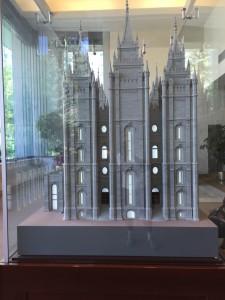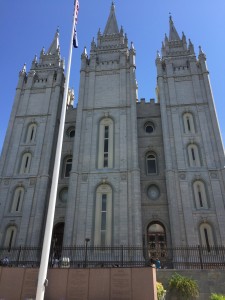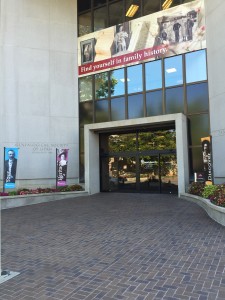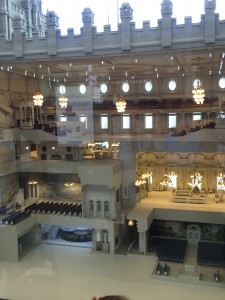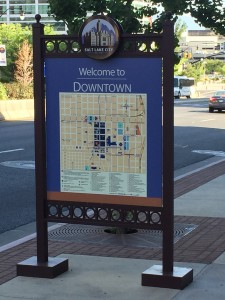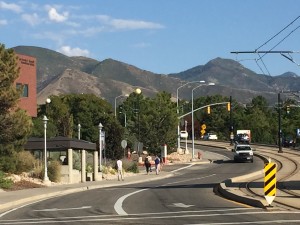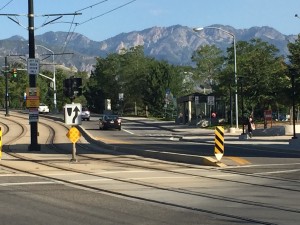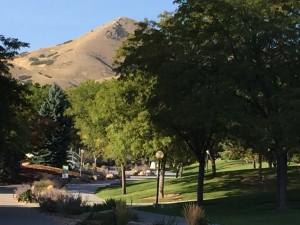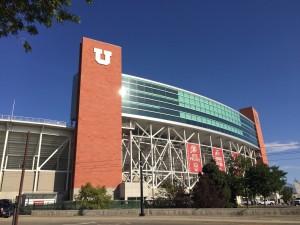Salt Lake City, the capital of Utah, is also the state’s most populous city. Although Salt Lake City has a population of slightly under 200,000, which is small in comparison to the nation’s largest cities, the combined Salt Lake-Ogden-Provo area has a more substantial population of over 2.4 million persons. The Salt Lake City region is the population hub of otherwise sparsely populated Utah. Approximately 82% of the state’s population resides in the Salt Lake-Ogden Provo area.
The surrounding terrain of Salt Lake City is diverse, with the city bordered by the Great Salt Lake to the northwest, the Wasatch Mountains to the east, the Oquirrh Mountains to the southwest, and Utah Lake to the south. The city lies within the Salt Lake Valley. But, despite being situated within a valley, the city has a substantial average elevation of slightly over 4,000 feet.
Salt Lake City and the state of Utah have an interesting history. The city was established in 1847 by Brigham Young and fellow Mormon settlers who traveled west from Illinois in a mass exodus. Salt Lake remains the world headquarters for The Church of Jesus Christ of Latter Day Saints. However, now that the city has grown and diversified, less than 40% of the city’s citizens are members of the LDS Church. Yet, the percentage of LDS members is higher in the surrounding suburbs and within the entire state, which is 62% Mormon. Interestingly, Utah is the only state in the union with a single religious denomination constituting a majority of the population.
Salt Lake City is also diversified economically. The transportation, mining, oil, steel, health care, and finance industries are all well represented. Many large companies maintain their national or regional headquarters in Salt Lake City. In addition, Salt Lake is the center of government and utility employment in Utah and the city and surrounding mountain areas have a thriving tourism industry. The LDS Church is also a significant employer.
Several colleges lie within or around Salt Lake City. The University of Utah is located at the eastern edge of the city. Brigham Young University is 50 miles away in Provo. Weber State University is 40 miles north in Ogden.
During our trip, we first scouted the downtown, the city’s neighborhoods, and some industrial areas. Then, we took time to tour the Great Salt Lake, Temple Square, City Creek Center, and the University of Utah. We didn’t stay long at the Great Salt Lake. There really wasn’t much to see. Moreover, the ubiquitous disgusting odor that originates from the salt content and bacteria from plant and animal decay made the Lake a brief and unpleasant destination. On the other hand, Temple Square had some amazing architecture and notable history. After visiting Temple Square, we viewed the city by walking several miles from the downtown to the University of Utah campus. The neighborhoods we passed were very nice for an urban area. However, the University campus was disappointing, as the architecture was consistently bland. On the walk back we visited the impressive City Creek Center, which is the downtown’s retail, restaurant, and nightlife centerpiece.
